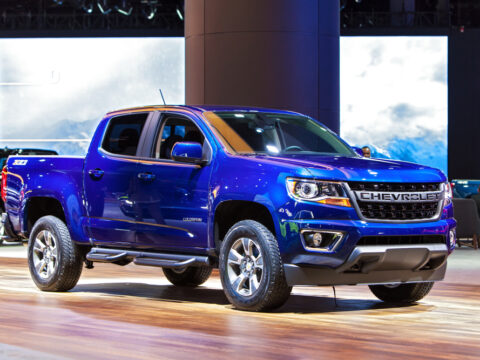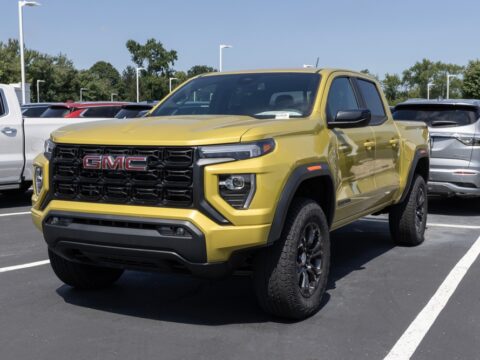The 1940s were a pivotal decade in automotive history, shaped by World War II and its aftermath. This period saw significant changes in car design, performance, and consumer expectations. However, not all models from this era made it to the forefront of history. Some were overshadowed by their uninspiring designs, underwhelming performance, or poor timing. This article explores these lesser-known models from the 1940s, offering insights into the decade’s missteps and the lessons they provide.
Contents
Tucker 48 (1947-1948)
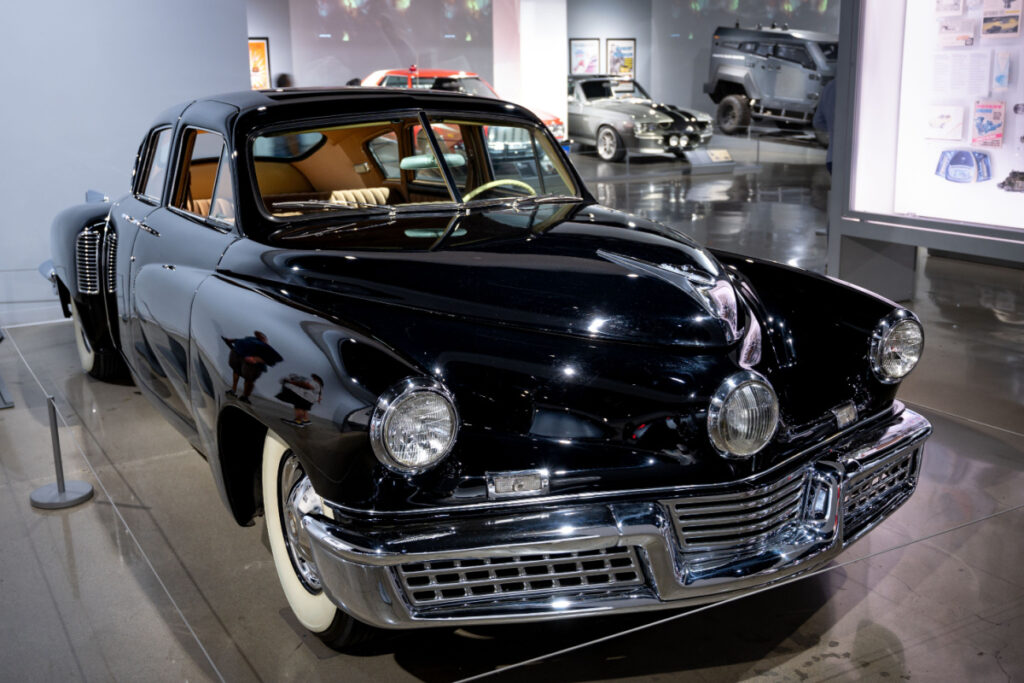
This vehicle was fraught with financial issues and legal controversies, leading to its downfall. Despite innovative features such as a rear-mounted engine and a third directional headlight, the company could not produce more than 51 units due to financial instability, allegations of stock fraud, and negative press.
Davis Divan (1947-1949)
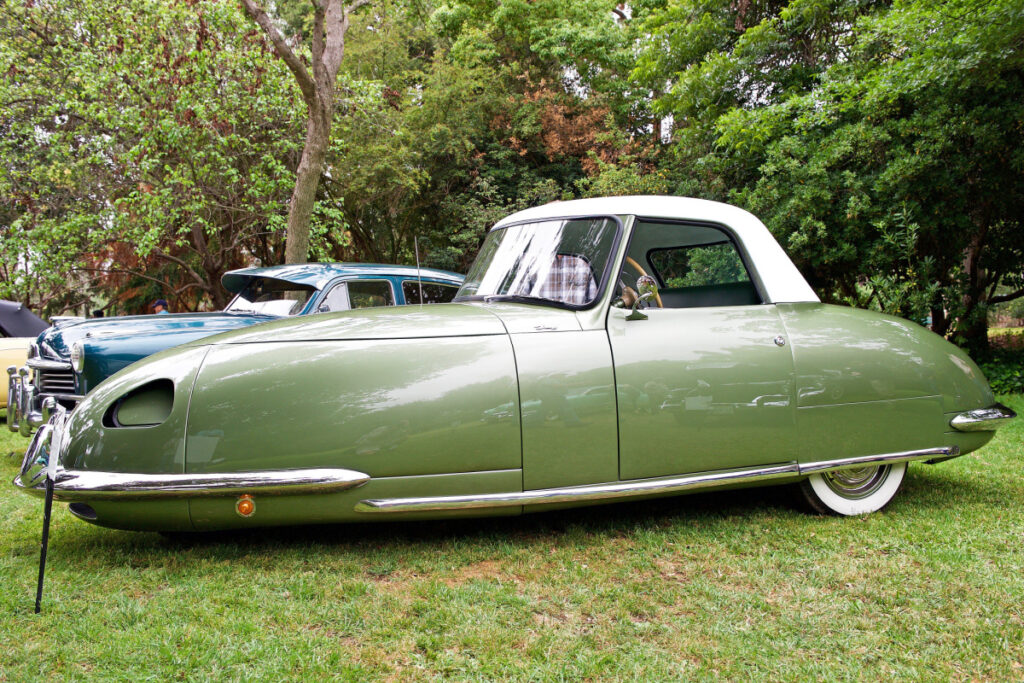
This three-wheeled car, produced by Davis Motorcar Company, faced many issues. Only 13 were made, owing to financial problems, legal issues, and the inherent instability and awkwardness of the three-wheel design.
Renault 4CV (1947-1961)
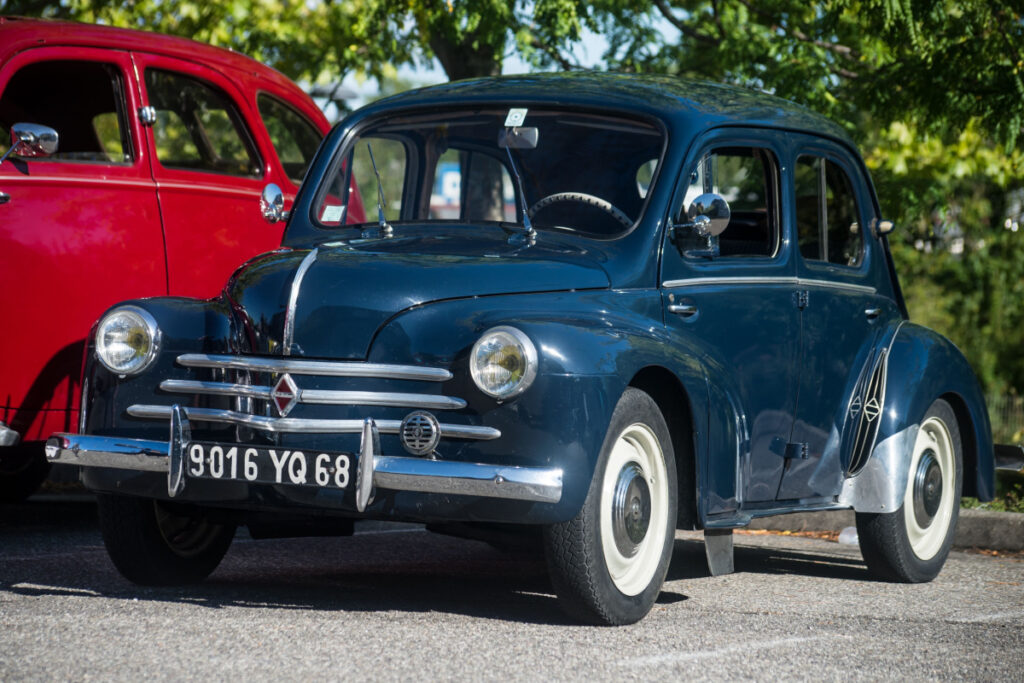
Launched in 1947, the Renault 4CV had reliability issues and was criticized for its modest performance and lack of comfort. However, it sold well in France due to its low cost and the lack of competition in the early post-war years.
Willys-Overland Jeepster (1948-1950)
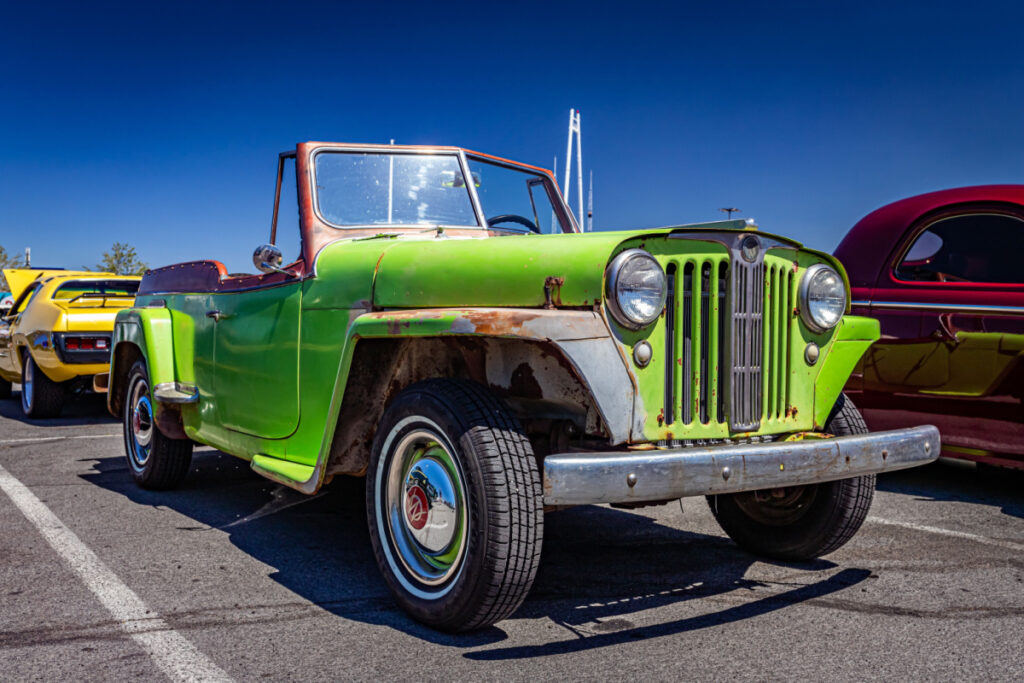
While the Jeep brand found success with military and utility vehicles, the Jeepster, a leisure-oriented vehicle, did not fare as well. Its lack of four-wheel drive was seen as a significant oversight, given the brand’s reputation and disappointing sales.
Studebaker Land Cruiser (1933-1954)
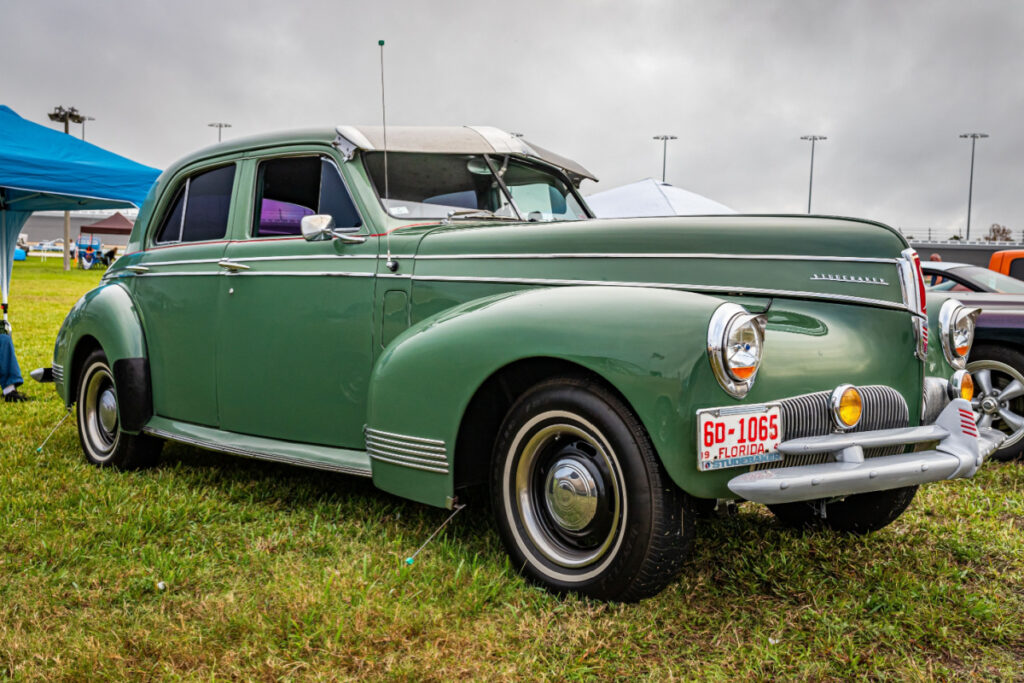
The Land Cruiser was a larger, more expensive model from Studebaker, but its awkward styling and higher price tag compared to other Studebaker models led to relatively poor sales.
Packard Clipper (Various Short Runs in the 40s and 50s)

While Packard was known for luxury vehicles, the Clipper was criticized for its build quality and design, which some consumers felt was less luxurious and stylish than previous Packard models. These criticisms led to disappointing sales. Additionally, the Packard’s initial release faced bad timing as the U.S. entered World War II.
Crosley CC Four (1946-1948)
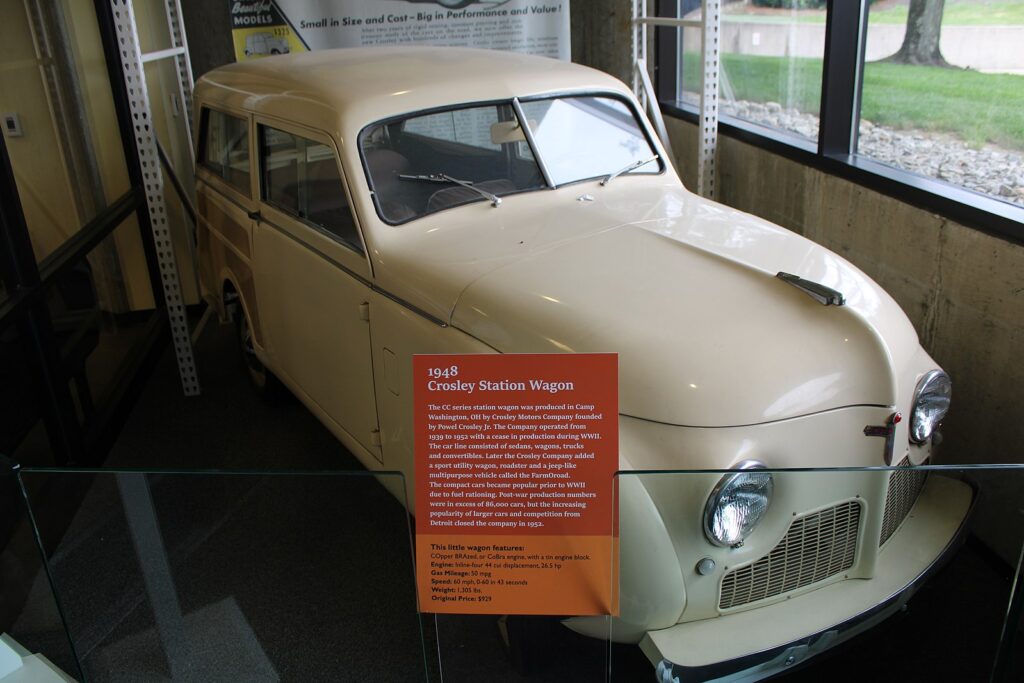
The Crosley CC Four was an attempt to market a compact and economical car in post-war America. Despite its innovative overhead cam engine and lightweight design, it suffered from reliability issues and poor performance. The public’s lack of interest in small cars during a time when larger, more powerful vehicles were in demand led to disappointing sales.
Hudson Commodore (1941-1952)
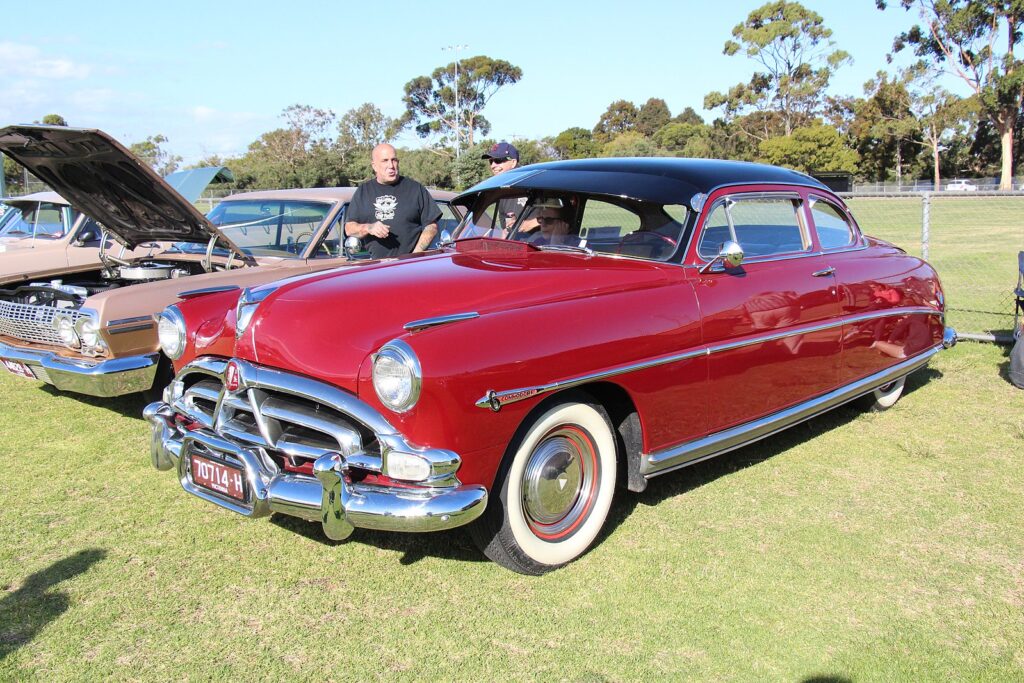
The Hudson Commodore was initially successful thanks to its innovative “step-down” design and smooth ride. However, by the late 1940s, its styling became outdated, and it struggled to compete with more modern designs from other manufacturers. Its sales dwindled as consumers favored newer models with updated aesthetics and technology.
Frazer Manhattan (1947-1951)
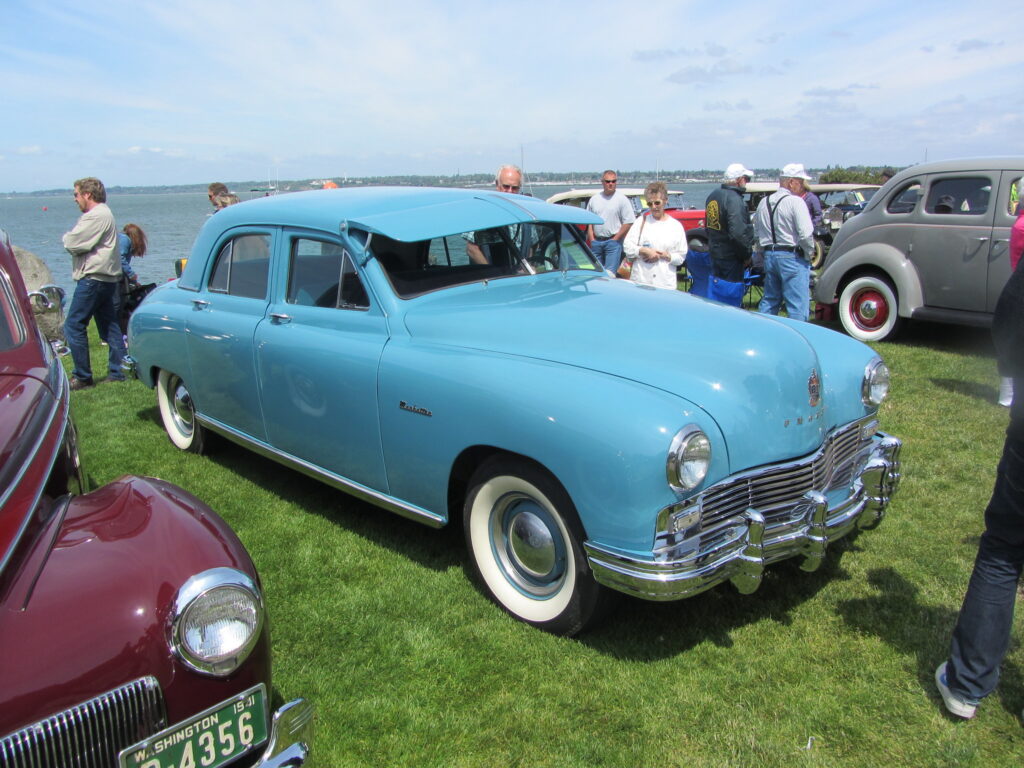
The Frazer Manhattan was one of the first new car designs introduced by an American manufacturer after World War II. Despite its initial popularity, it quickly became forgettable due to its conservative styling, high price, and the rapid evolution of automotive design in the late 1940s and early 1950s.
Nash Ambassador (1946-1948)
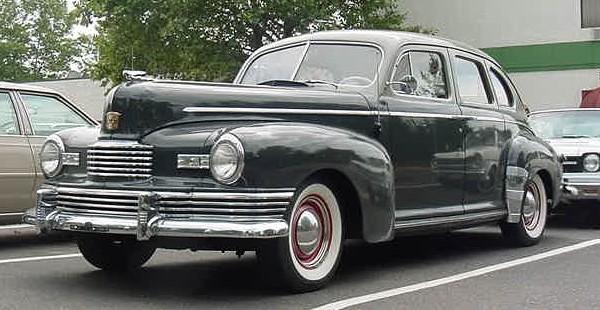
While the Nash Ambassador was innovative for its time with unit body construction and advanced heating/ventilation systems, it was overshadowed by more popular models from bigger brands. Its sales were mediocre, and it is often overlooked in automotive history.
Kaiser Special (1947-1950)
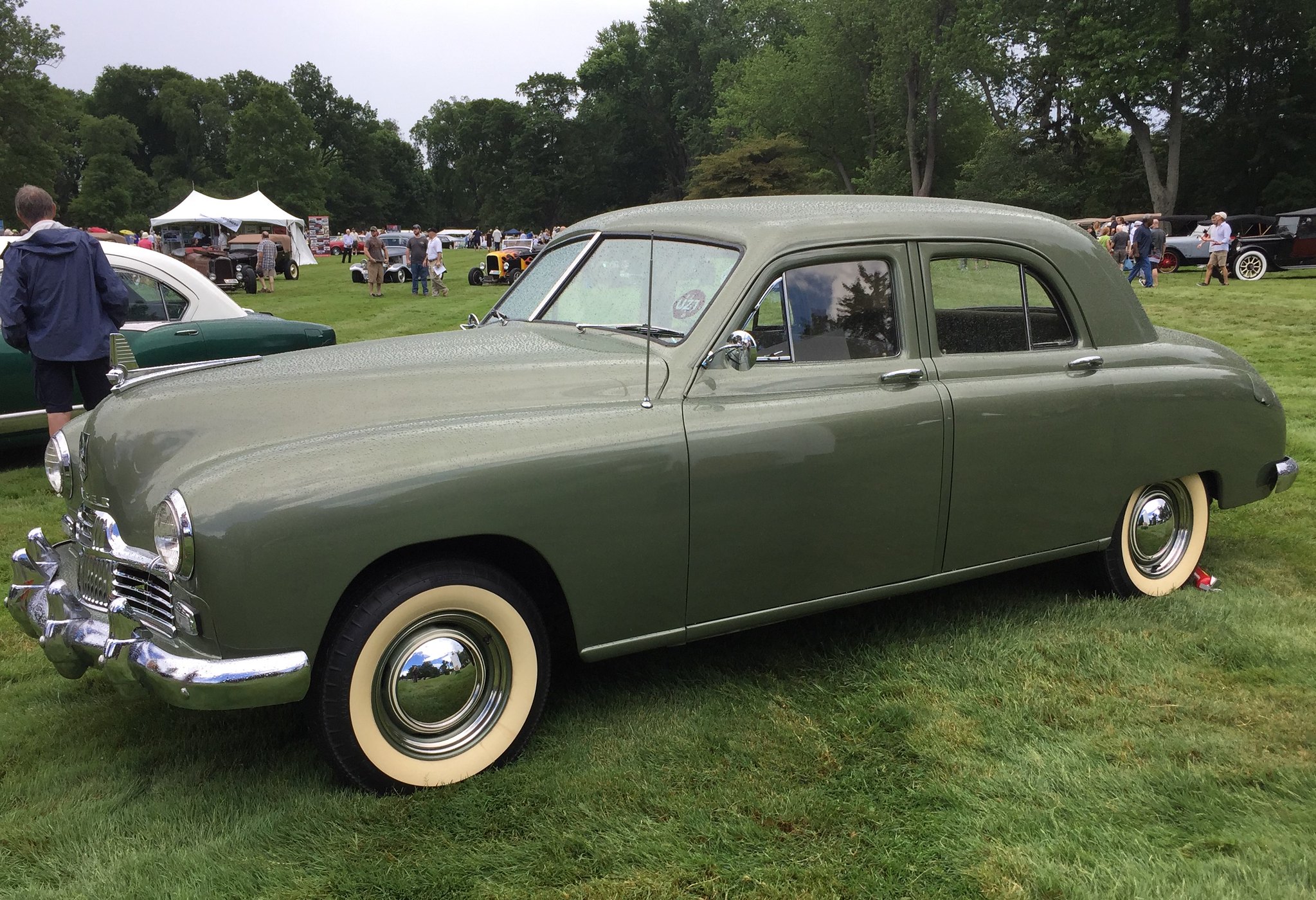
The Kaiser Special was known for its unique styling and being one of the first new car brands launched after the war. However, it struggled with quality issues, high production costs, and fierce competition, leading to its eventual decline and obscurity.
Lincoln Continental (1940-1948)
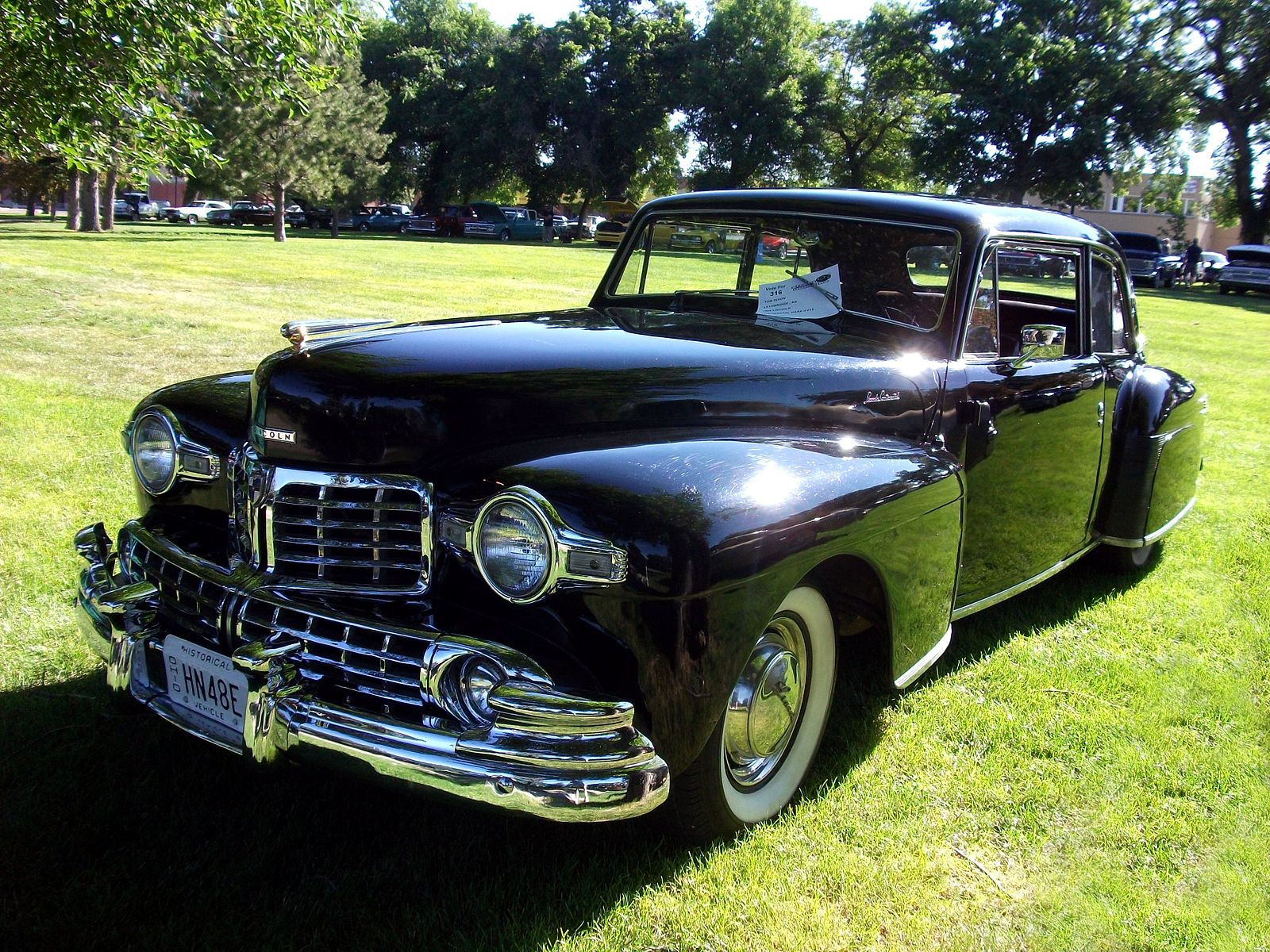
The Lincoln Continental was a luxury car with a distinguished design and was well-received initially. Yet, it failed to maintain its status as post-war America gravitated towards newer, more innovative models, relegating the Continental to a niche market.
Oldsmobile Series 60 (1946-1948)
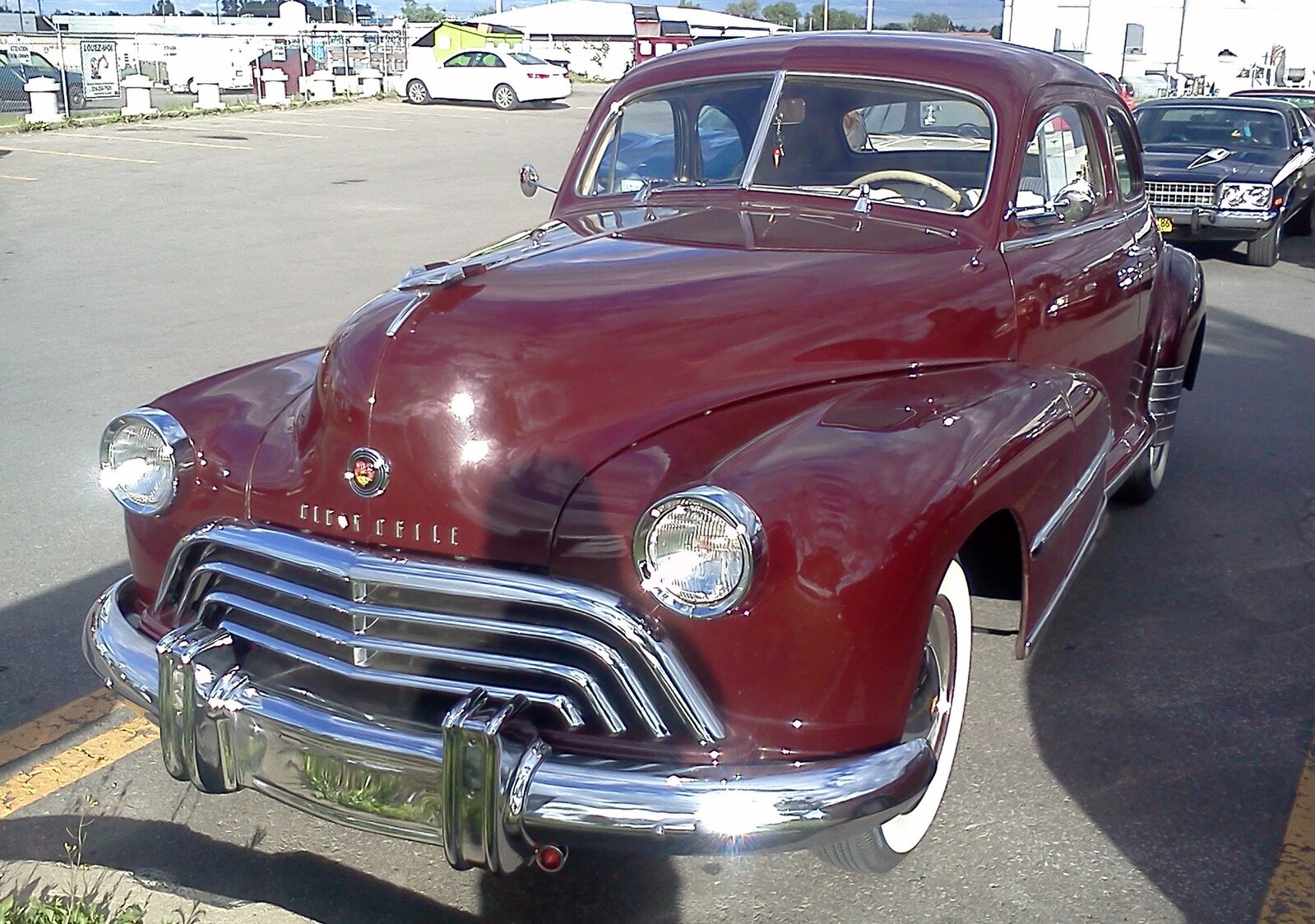
The Oldsmobile Series 60 was a solid car but lacked distinctive features or innovations to make it stand out in a crowded market. Its conventional design and average performance made it one of the more forgettable models of the decade.
Plymouth P15 (1946-1948)
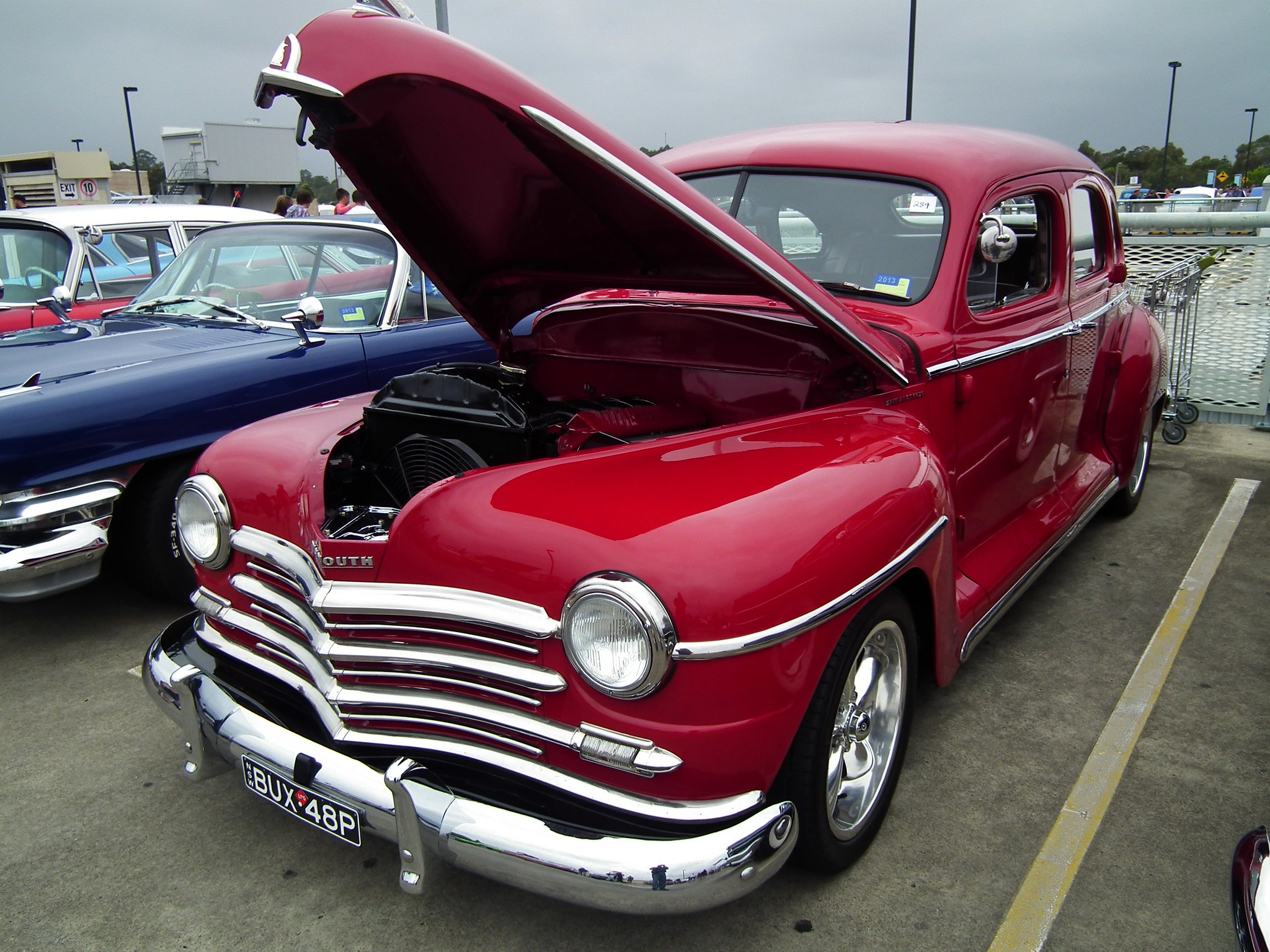
The Plymouth P15 was a dependable and affordable car but did little to excite the market. Its design was seen as outdated, especially compared to the more innovative and stylish models being released by competitors.
Desoto Custom (1946-1952)
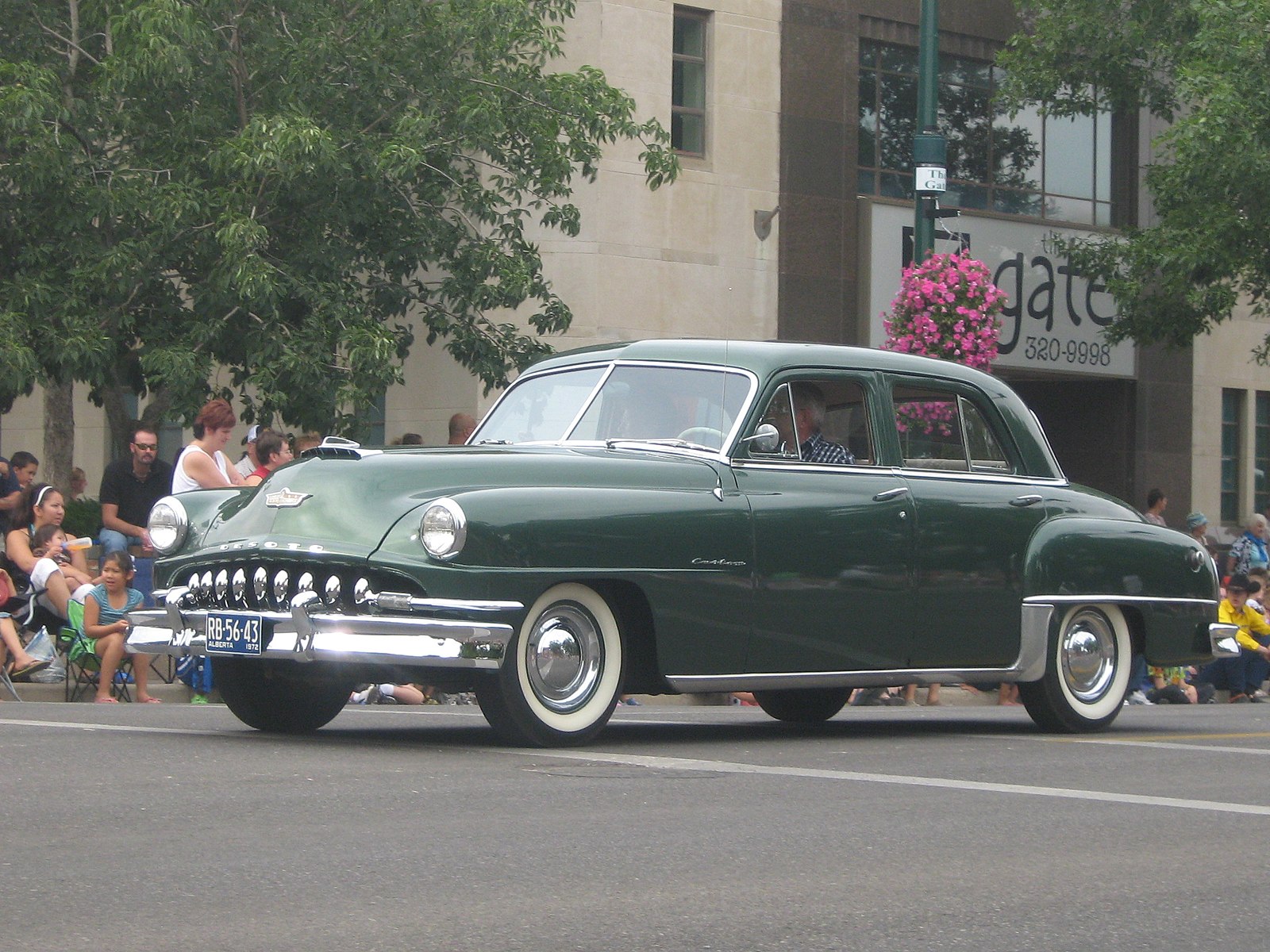
Despite being well-built and offering good value, the DeSoto Custom struggled to distinguish itself in a market filled with more prestigious and innovative vehicles, leading to its status as a lesser-known model of the era.
Simca 8 (1946-1951)
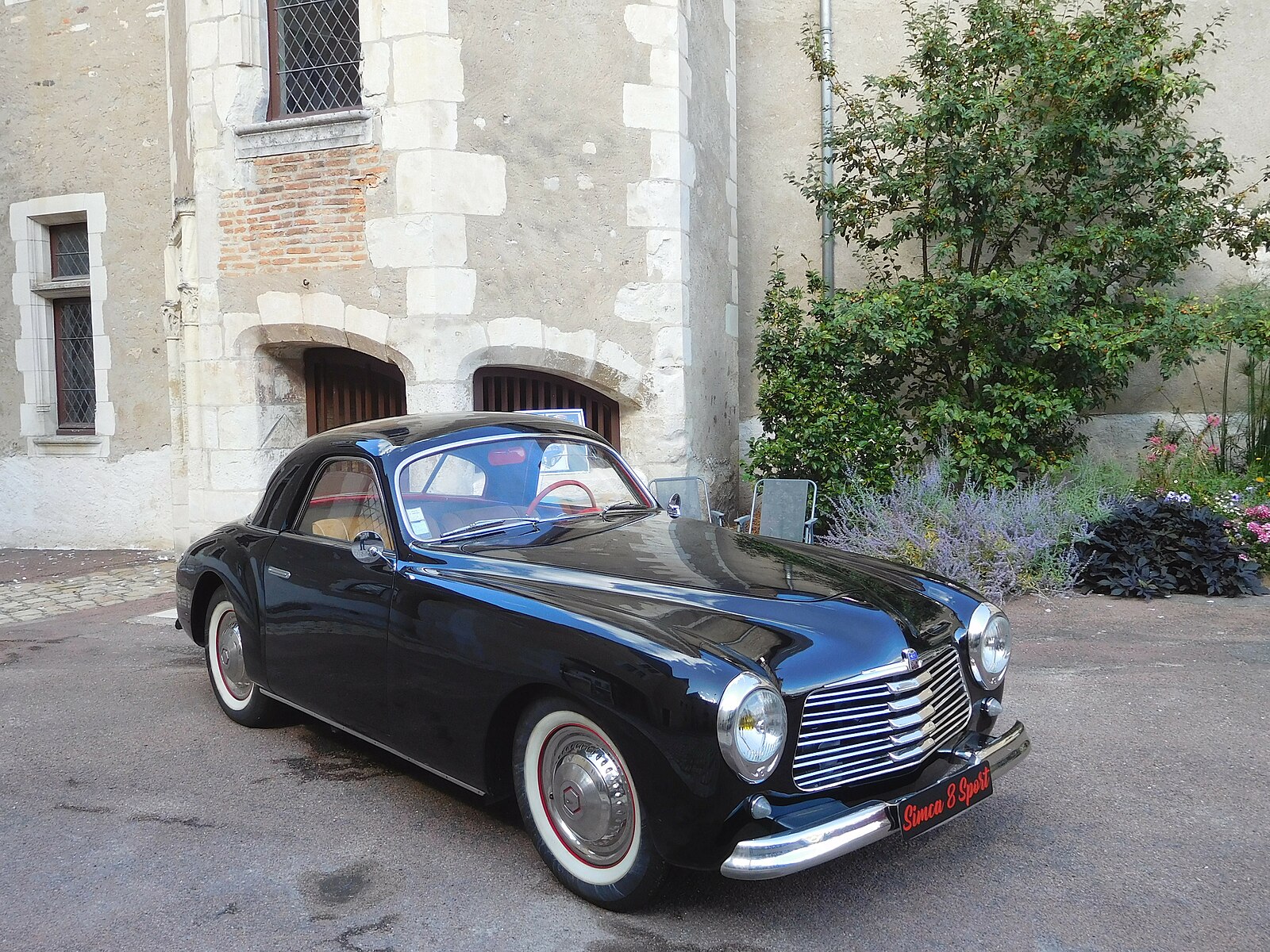
A French car that attempted to capture the market with its stylish design and affordable price. However, it failed to make a significant impact outside of France due to its modest performance and the dominance of American and British manufacturers in the global market.
Armstrong Siddeley Hurricane (1945-1953)
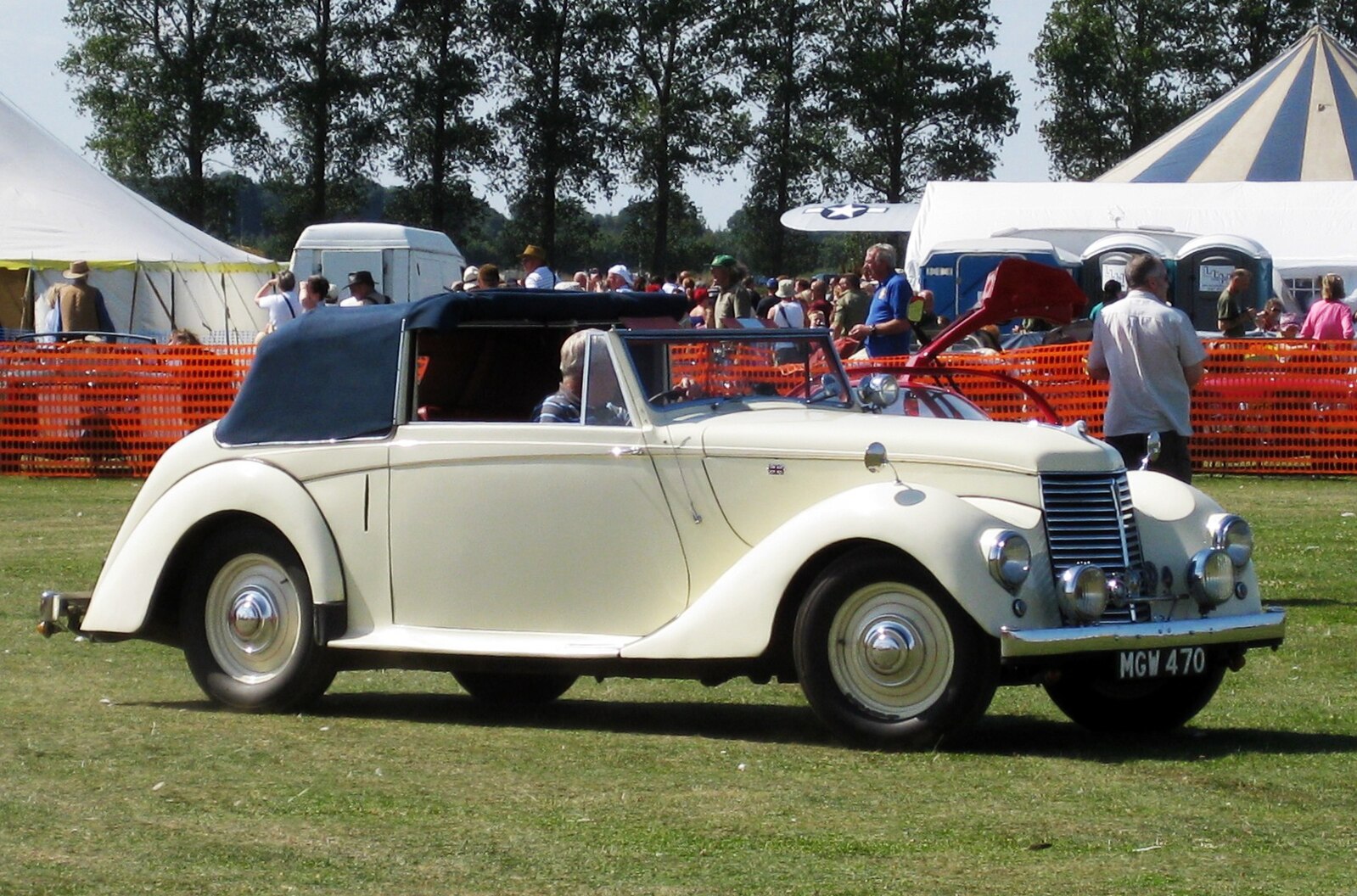
The Armstrong Siddeley Hurricane was a British luxury car known for its build quality and smooth ride. However, it struggled in the competitive post-war market due to its conservative design and high price, making it a rare sight today.
Lagonda 2.6-Litre (1948-1953)
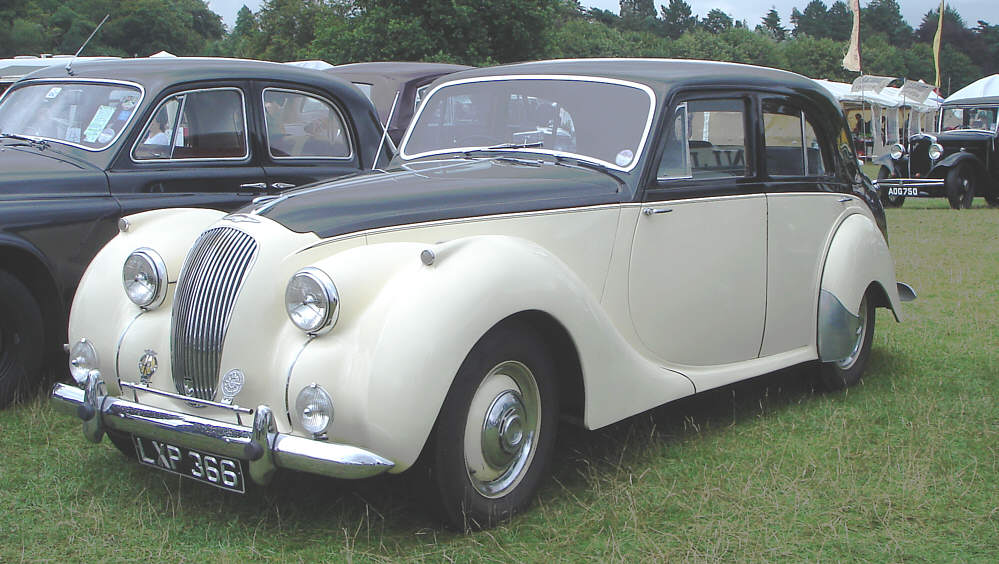
The Lagonda 2.6-Litre, despite being a luxury car with an advanced engine designed by W.O. Bentley, suffered from high production costs and limited appeal in a market dominated by established luxury brands, leading to low sales figures.
Maserati A6 (1947-1956)
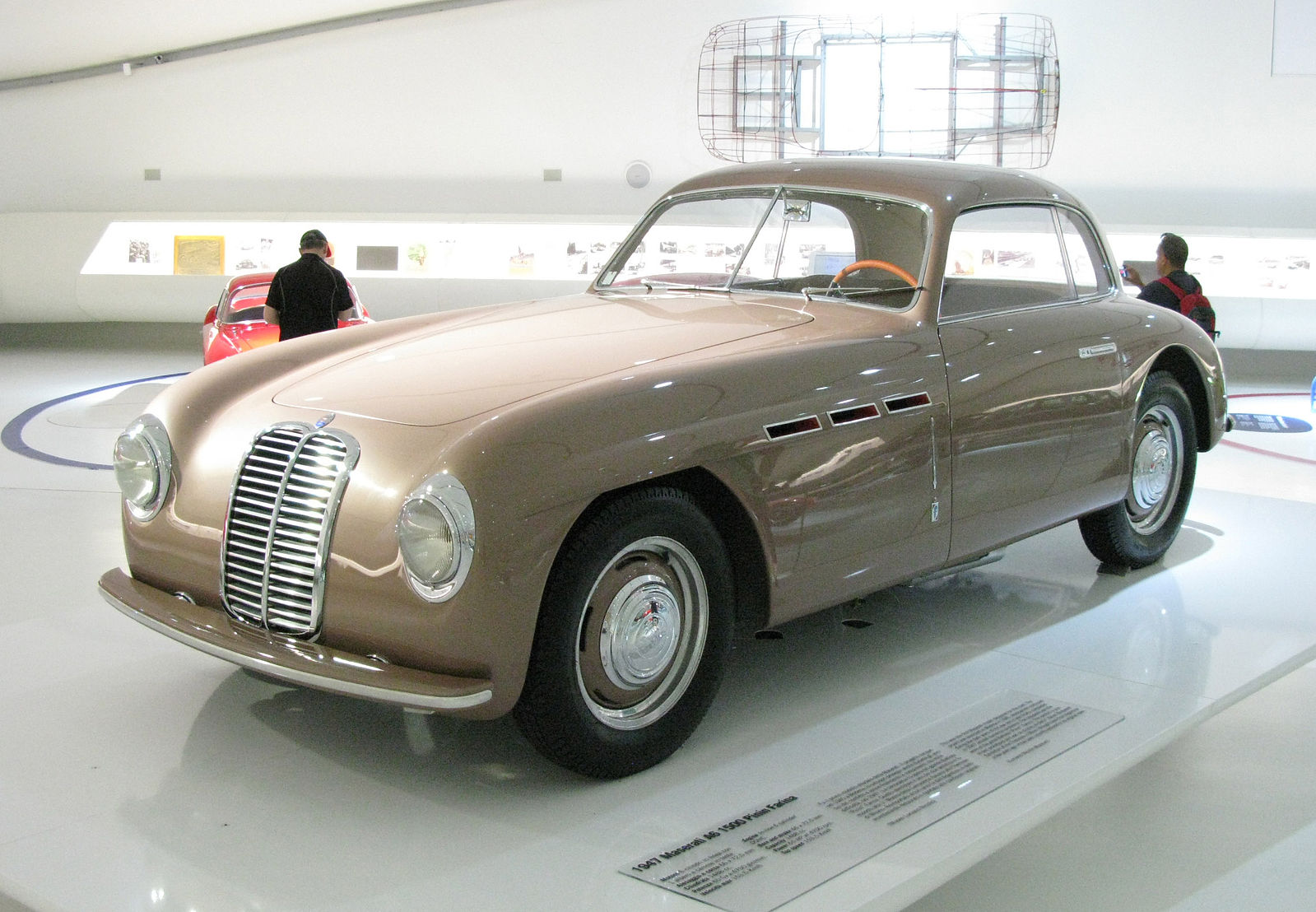
The Maserati A6 was a groundbreaking sports car with excellent performance and design. However, its high cost and exclusivity limited its sales and recognition outside of racing circles and car enthusiasts.
Volvo PV60 (1946-1950)
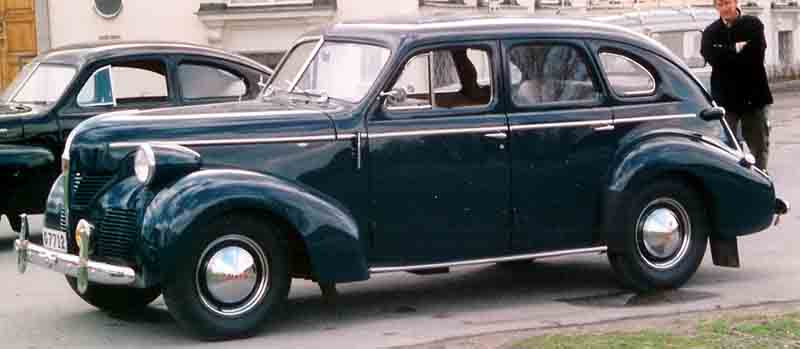
The Volvo PV60 was an attempt by Volvo to offer a luxury car, but it failed to gain significant traction due to its outdated design and the rapid changes in consumer preferences during the post-war period.
This article originally appeared on MyCarMakesNoise.
More from MyCarMakesNoise
The Best Budget SUVs Under $30,000
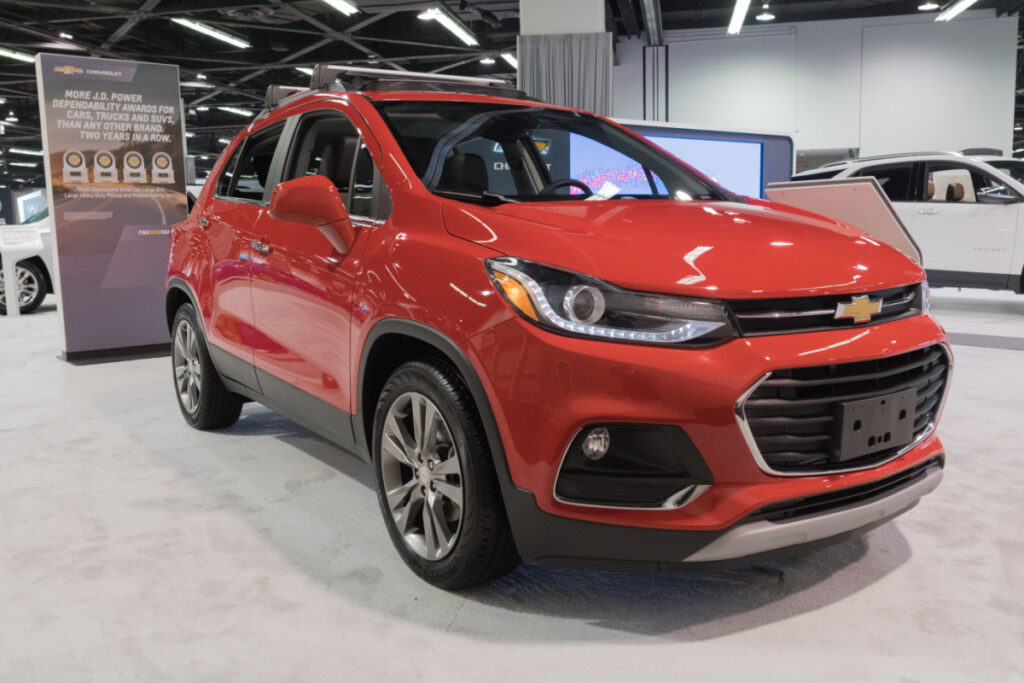
In an automotive market where SUVs have largely replaced sedans as the go-to choice for families and individuals, finding the perfect blend of affordability, reliability, and functionality can be challenging. For those on a budget, the search can feel daunting, but rest assured, there are many excellent options. Read More.
Celebrating the Best SUVs Ever Made
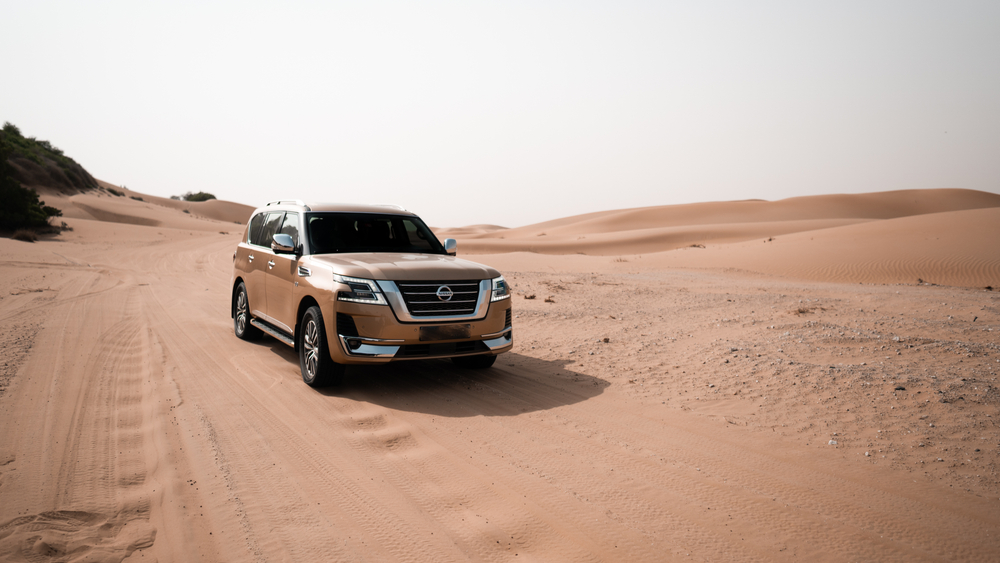
Representing a harmonious blend of power, durability, and versatility, these vehicles are more than just a means of transportation; they’re symbols of unbridled freedom and exploration. Read More.
Coolest Cars Inspired by Birds
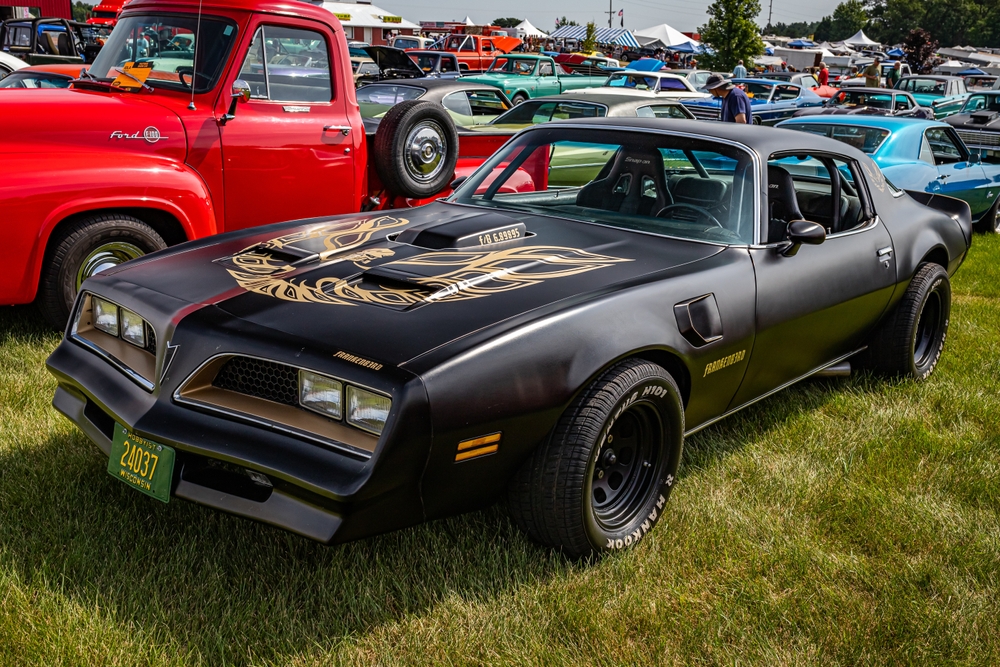
This article delves into this unique intersection of engineering and ornithology, unearthing the stories behind iconic vehicles inspired by our feathered friends. Read More.


